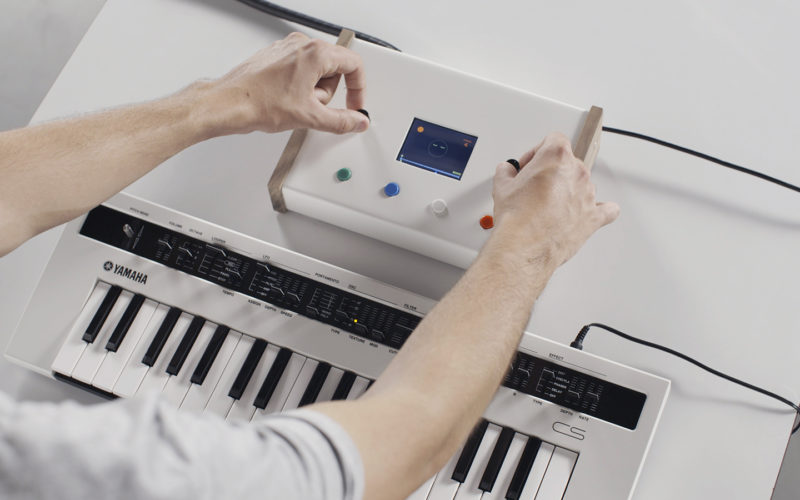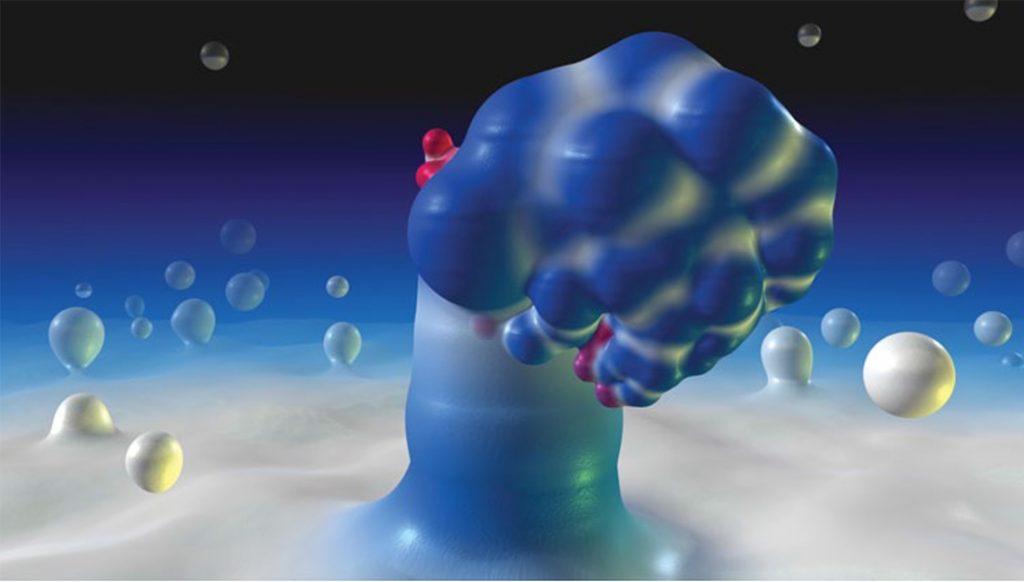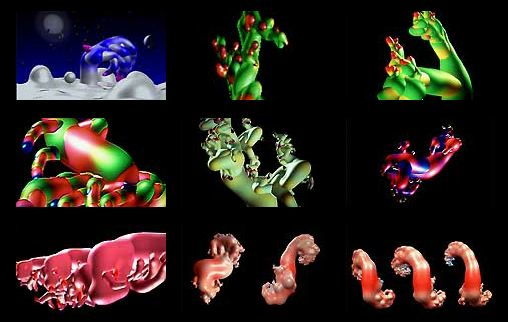http://www.pamelaz.com/carbonsongcycle.html
Carbon Song Cycle
Pamela Z is a composer and performer who worked with media artist Christina McPhee on a project called Carbon Song Cycle. This project was fro a chamber ensemble and expanded cinema. The project reflects the progressions in the Earth’s ecosystem, focusing on the carbon cycle, which is the cycle of carbon through nature and life. Pamela took data on the carbon cycle, environmental balance and imbalance and created a melody inspired by the data. She also created drawings and images inspired by the carbon process, focusing on heat and chemical transformations in the process. She also took video footage from petroleum fields, natural gas locations, and geothermal sites. The melody was written for an ensemble of voice, electronics, viola, cello, bassoon, percussion, as well as an array of video projections. Throughout the melody, sonic material is passed between the players that reflect the video projections of the natural exchange of elements.
Watching the video, the melody is very mystic and abstract. It is actually pretty intense at moments. The melody rises and falls almost like fire. At some points, it is more melodic, at some points ,it’s like random sounds, metal clanging, and mystic signing. Some points actually have lyrics, like “I’m breathing”. You can kind of sense if some parts are more chemical in contrast to parts that seem to reflect nature.
![[OLD FALL 2019] 15-104 • Introduction to Computing for Creative Practice](../../../../wp-content/uploads/2020/08/stop-banner.png)



